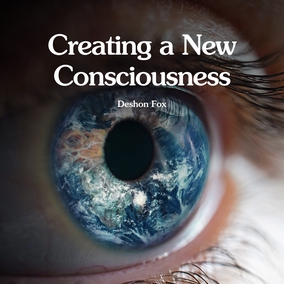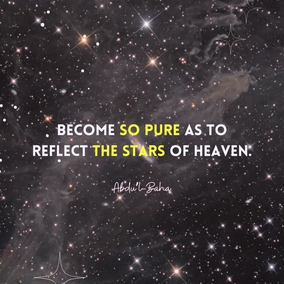The views expressed in our content reflect individual perspectives and do not represent the authoritative views of the Baha'i Faith.
All sorrow has its root in man’s inability to sit quiet in a room by himself. – Blaise Pascal
In order to understand the world, one has to turn away from it on occasion. – Albert Camus
There is no such thing as a pure extravert or a pure introvert. Such a man would be in the lunatic asylum. – Carl Jung
Do you think of yourself as an extrovert or an introvert? Are you happier by yourself, or with others?
Regardless of which one you identify with most, you have Carl Jung to thank for the original idea.
Amazingly, Jung discovered and named many of the prominent psychological concepts and terms we use today, including the collective unconscious, extroversion and introversion, the psychological complex, and the idea of the archetype—those universal patterns, forms and images that come from the collective human unconscious. His contributions to psychology, philosophy and theology opened up and then revolutionized the modern exploration of the self.
Jung, the founder of analytical psychology, had an unusually profound level of insight into the human psyche. His concepts, observations and conclusions also have a remarkable congruence with the Baha’i teachings. We’ll examine and explore a few of those parallels in this series of essays.
When Jung first defined introversion and extroversion (which he spelled extraversion) in his book Psychological Types, he wrote that each person fits best in one of the two categories—which he then compared with two ancient Roman and Greek archetypes, Apollo and Dionysus. You’ve seen their faces before, in every graphic representation of Comedy and Tragedy, the ancient pair of happy/sad masks we still use in the theatre to symbolize the human condition and the basis of all drama.

Apollo and Dionysus
Jung chose Apollo, who symbolized contemplation, inner vision, reason, logic and the mind, to represent the introvert. He chose Dionysus–who symbolized energy, irrationality, chaos, joy and pleasure—to represent the extravert. These two, not necessarily opposites but instead dialectic character types along a continuum, have now become a central part of virtually all theories of human personality.
Which one are you?
Whichever one you identify with, science has now discovered that you may have been that way since birth. Studies on identical twins indicate a strong genetic component determines each individual’s personality orientation, with introverts more cortically stimulated by their internal brain chemistry; and extroverts requiring more external stimulation.
Jung himself probably wouldn’t like the modern way of defining and separating extroverts and introverts—he believed that the true difference between these two types of people was the head and the heart. Introverts, from a Jungian perspective, see the world subjectively; while extraverts see it objectively. Rather than a measure of how outgoing and sociable a person tends to be, Jung viewed extraversion as a characteristic most prominent and useful in the first half of life; and introversion as a virtue that arose and dominated in the second half. He defined an introvert as an:
“attitude-type characterised by orientation in life through subjective psychic contents” (focus on one’s inner psychic activity); and extraversion as “an attitude type characterised by concentration of interest on the external object” (the outside world). – Memories, Dreams and Reflections, pp. 414-415.
Jung felt the second half of life should focus on introversion, defining the trait as “a mode of psychological orientation where the movement of energy is toward the inner world.” In this well-known quote, he famously said:
Your visions will become clear only when you can look into your own heart. Who looks outside, dreams; who looks inside, awakes.
This reflective, meditative faculty of introversion, Jung believed, exists to allow us to contemplate our own mortality, explore our inner being, and hear the true desire of our heart. It prompts us toward introspection, to turn within and tend to our own souls. That “soul-tending” can incorporate our dreams, our intuition, our myths and our innate love of mystery into our inmost reality—including the aspect of ourselves that exists outside space and time.
The Baha’i teachings urge us to try and follow that introversion and soul-tending toward new levels of spiritual awareness:
Didst thou behold immortal sovereignty, thou wouldst strive to pass from this fleeting world. But to conceal the one from thee and to reveal the other is a mystery which none but the pure in heart can comprehend. – Baha’u’llah, The Hidden Words, p. 36.
Let us turn toward the spiritual sun and acquire a light which will render the world luminous, so that we may be freed from matter and acquire celestial qualities, that this limited life may merge into the eternal.
When man thus adorns himself, he will progress every day with new vigor; his soul will become more and more sensitized and the laws and morals of the world will be reconstructed with divine conviction. Then man will make real discoveries, penetrate the mysteries and so reflect them that he will become the image of God. – Abdu’l-Baha, Divine Philosophy, p. 59.
Have you tended your soul lately? Have you listened to its quiet promptings and heard its gentle whisper?
















Comments
Sign in or create an account
Continue with Googleor